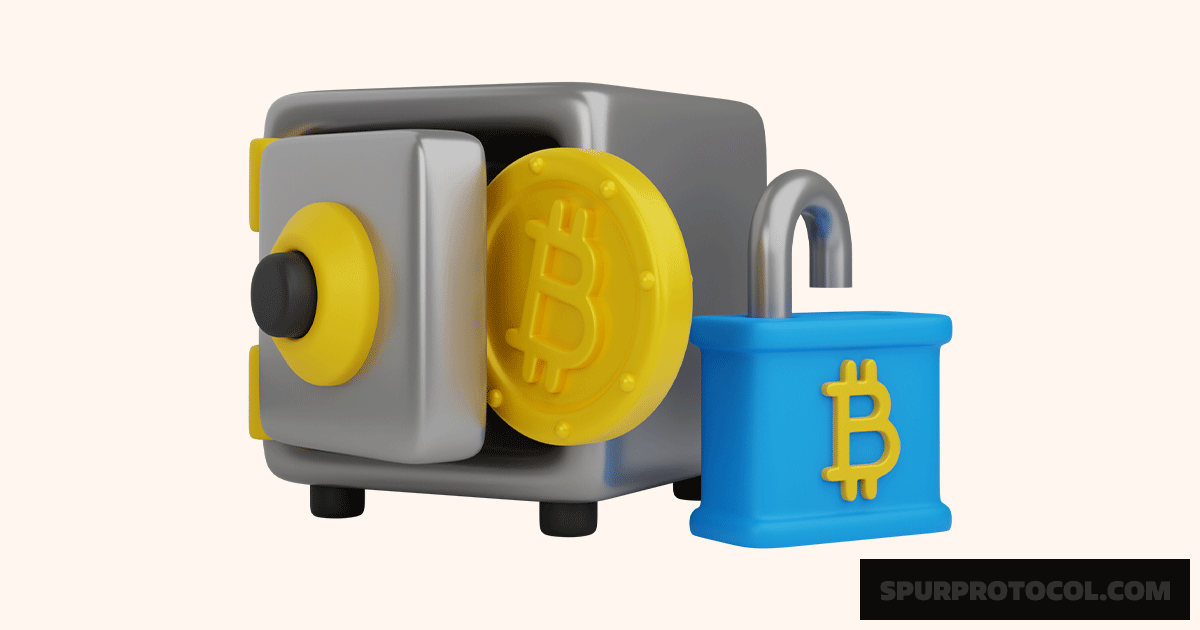A Simple Guide To How Crypto Staking Really Works
Crypto staking is one of the most popular ways to earn passive income in the digital asset space, yet many still find it confusing. Let’s simplify what staking means, how it works, and why it’s an essential part of many blockchain networks.
Go Back

🕒 6:49 AM
📅 Oct 16, 2025
✍️ By Nathanael707
Let’s simplify staking. See it as locking your cryptocurrency in a blockchain network to help keep it secure and running smoothly — and in return, you earn rewards. It’s somewhat like earning interest at a bank, except instead of your funds sitting idle, they’re actively helping validate transactions and maintain the network.
In most cases, staking happens on blockchains that use a Proof-of-Stake (PoS) consensus mechanism. Whereas Bitcoin uses Proof-of-Work (PoW) where miners solve complex puzzles, PoS relies on validators who “stake” their coins to confirm transactions. The more you stake, the higher your chances of being selected to validate the next block — and earn rewards for it.
Let me walk you through how it works. First, you choose a cryptocurrency that supports staking, like Ethereum, Cardano, or Solana. Then, you lock your tokens in a staking wallet or through an exchange that supports it. Once your tokens are staked, they’re essentially contributing to the network’s operations. The longer or larger your stake, the greater your potential rewards.
It’s not rocket science, but there’s more beneath the surface. Rewards depend on factors like network inflation, the total amount staked by all participants, and the staking duration. Some platforms compound your rewards, meaning your earnings can grow over time. However, staking isn’t entirely risk-free. Locking up your tokens means you can’t sell them quickly if the market dips, and validators that act dishonestly can lose part of their stake — a process called “slashing.”
See staking as a partnership between you and the blockchain. You’re helping secure the network, and the network rewards you for your contribution. It’s a win-win system designed to encourage decentralization and trust.
As blockchain adoption grows, staking will likely become an even bigger part of how crypto ecosystems function. It’s a simpler, more energy-efficient alternative to mining, and a gateway for many to participate in blockchain governance and earn along the way.
